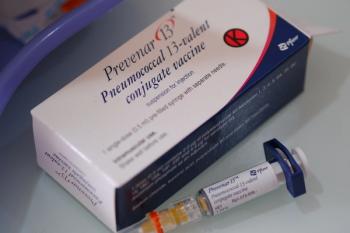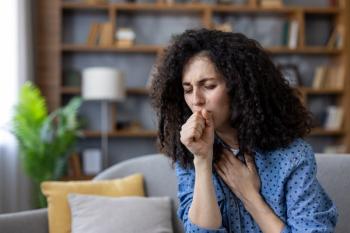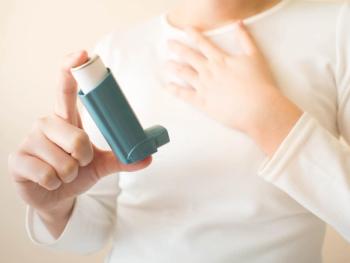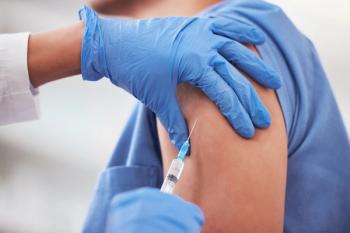
At-Home Outcomes Following Inpatient Rehabilitation for COPD Improved by Rehabilitation App
Data suggest a smartphone application can boost physical activity and relieve symptoms of chronic obstructive pulmonary disease.
A new report suggests patients who complete inpatient rehabilitation for chronic obstructive pulmonary disease (COPD) have better outcomes when they use a digital therapeutic app to continue their rehabilitation at home.
In the study conducted by physicians at Zurich Rehabilitation Centers in Switzerland and the University of Marburg in Germany patients were tracked for 6 months following their release from rehabilitation. Half of the 60 patients were asked to use
The data showed patients who used the app had increased physical activity compared to the control group. It also showed that app users had improved scores on the COPD Assessment Test, in which patients rate symptoms such as coughing, congestion, and chest tightness.
Nigel Ohrenstein, M.A., Kaia Health’s president, said the study is important because it shows that app-directed COPD rehabilitation can be successful at home. He said that is particularly meaningful for patients in suburban and rural areas who may have to drive significant distances to access their closest pulmonary rehabilitation center.
“By offering Kaia COPD to patients we hope to improve access to this care modality, lower the barrier to integrating exercise into the patients’ lives, and provide a training program that helps maintain physical activity levels,” he told Managed Healthcare Executive®, adding that maintaining physical activity has been linked with better survival rates in patients with COPD.
In addition to relieving the travel burden of in-person rehabilitation, the company said the app relieves the mental burden of trying to remember all of the information and exercises learners in the clinic and putting them into practice at home.
Ohrenstein said the app allows patients to complete exercises without the help of a medical provider and without the need for additional training because the training is built into the app itself. The version of the app used in the study provided pre-recorded videos to help patients learn and complete the exercises, but he said the current version of the app includes technology that can assess patients’ exercise technique using a user’s smartphone or tablet camera.
“Computer vision and our proprietary AI algorithms can analyze movements in real-time to evaluate performance and give audiovisual feedback to guide users through their physical training,” he said.
The theory is that by ensuring patients are doing the exercises properly, the app will boost the impact of the exercises.
The patients in the study were all considered to have moderate-to-high severity COPD, and Ohrenstein said the improvement shown in the study was consistent across several subgroups.
Reference
Spielmanns M, Gloeckl R, Jarosch I, et al. Using a Smartphone Application Maintains Physical Activity Following Pulmonary Rehabilitation in Patients with COPD: A Randomised Controlled Trial. Thorax. 2022 Apr 21;thoraxjnl-2021-218338. doi: 10.1136/thoraxjnl-2021-218338. Online ahead of print.
Newsletter
Pharmacy practice is always changing. Stay ahead of the curve with the Drug Topics newsletter and get the latest drug information, industry trends, and patient care tips.
























































































































